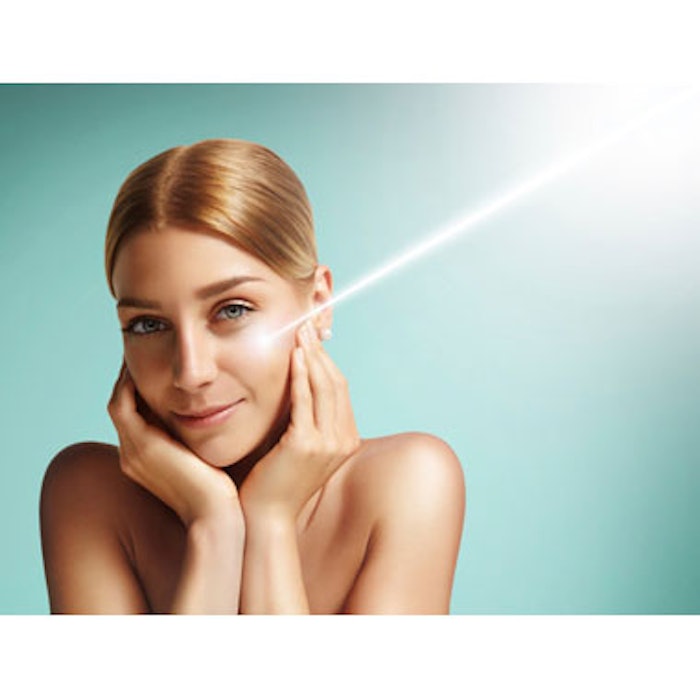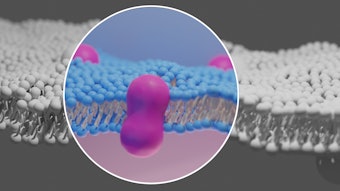
Researchers Joo Hee Lee, MD, et al conducted a pilot study to determine the efficacy of treating mild to severe papulopustular rosacea (PPR) with a long-pulsed 1064nm neodymium:yttrium-aluminum-garnet laser (LPND) set on rejuvenation mode.
From 2010 to 2013, they recruited 30 Korean patients with PPR (exclusion criteria included: previous laser or light-based treatment; topical corticosteroid, metronidazole or calcineurin inhibitor use; and systemic treatments with antibiotics or retinoids during the prior three months). Patients were divided into two groups: 22 patients with mild to moderate PPR underwent laser treatments only (Group A); and eight patients with severe PPR were treated with laser and 100mg of doxycycline twice daily (Group B). All 30 patients underwent three treatment sessions, each with a four-week interval. They received full-face LPND (GentleMax, Candela) treatments at 40J/cm2 to 50J/cm2 with a pulse duration of 50ms and a 10mm spot size with a dynamic cooling device (Cryogen, Candela). Patients were instructed to use a moisturizer and a broad-spectrum sunscreen with SPF 30 or higher, and to avoid known triggering factors for rosacea throughout the study’s duration. Treatment efficacy was assessed using the four-point severity grading system for rosacea at each visit and four weeks after the last treatment through blinded photographic evaluation by three dermatologists. Patients also evaluated their own rosacea symptoms at each visit.
LPND treatment on rejuvenation mode significantly decreased papule/pustule activity and improved non-transient erythema scores compared with baseline. Patients also experienced beneficial effects on clearance of symptoms including transient erythema, pruritus, burning and dryness. Excellent to good overall improvement was seen in 77.3% (17 of 22) of patients in Group A and 87.5% (7 of 8) of patients in Group B. Treatments were well tolerated and none of the patients experienced purpura, hyperpigmentation, hypopigmentation, edema or scarring. Adverse effects were minimal, including temporary erythema and immediate mild pain, and did not interfere with patients’ daily activities.
Based on the positive results, the researchers suggest that this therapy could be a potentially effective monotherapy for patients with mild to moderate PPR, or used as a combination therapy for severe PPR.
The study was published in the Journal of the American Academy of Dermatology (JAAD), August 2015.
Photo copyright Getty Images.











